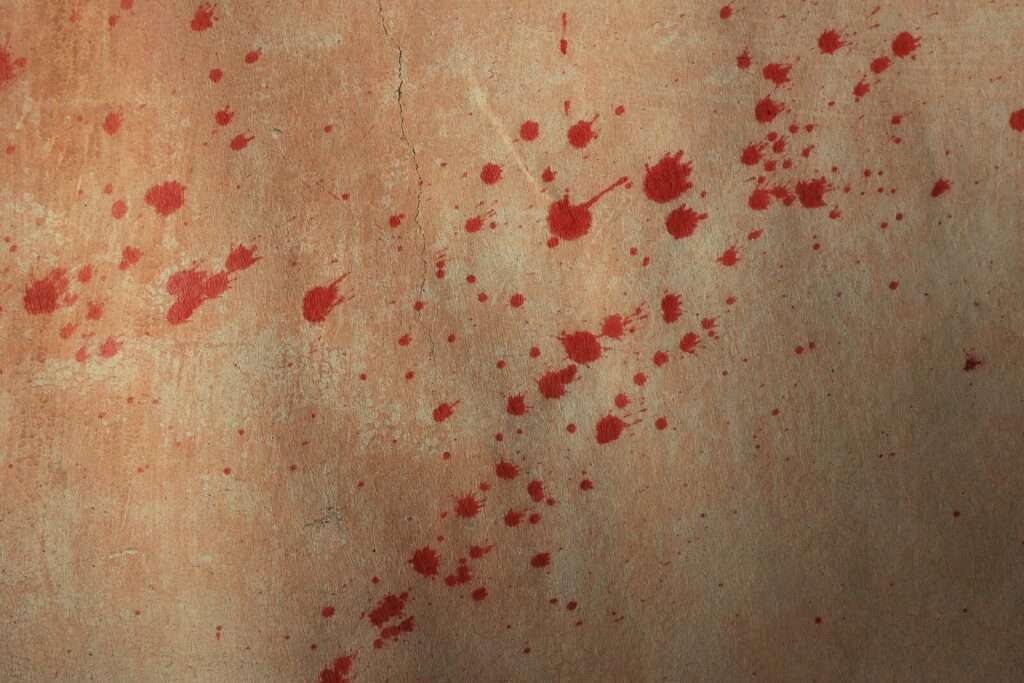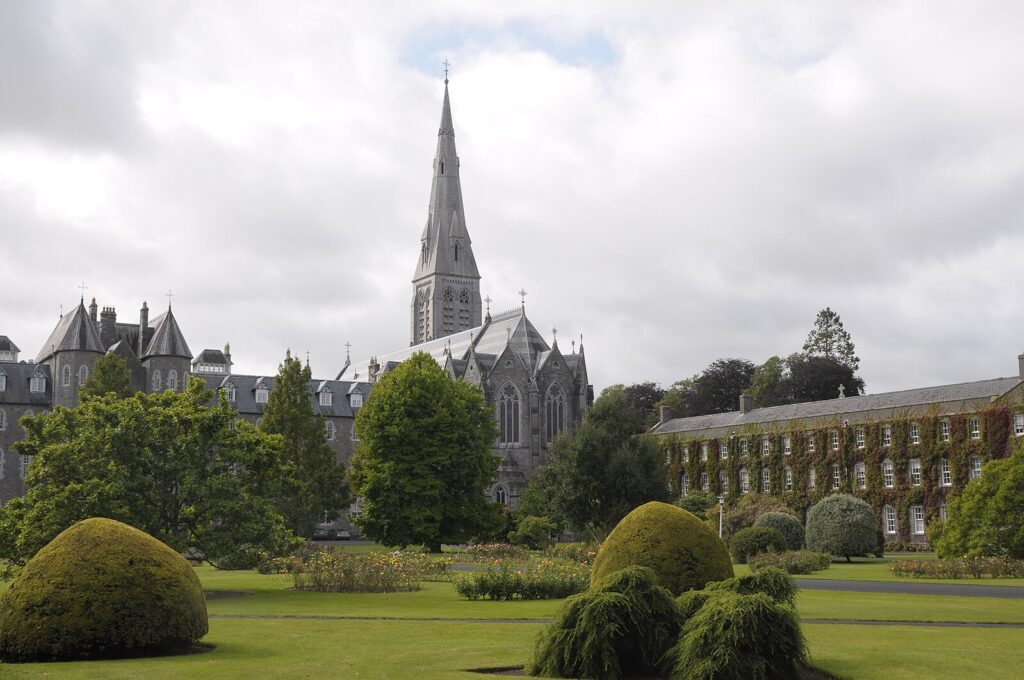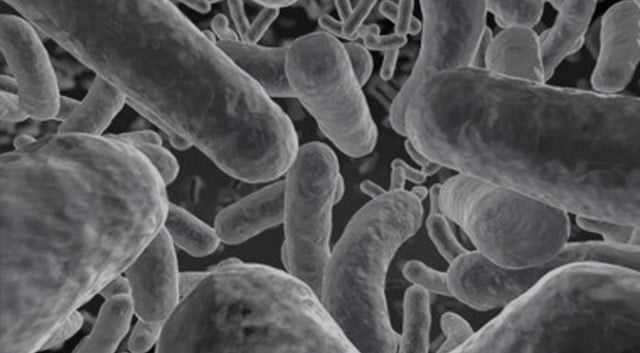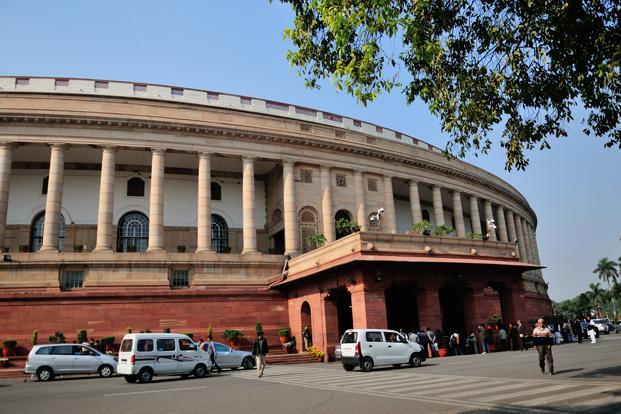Now Reading: Forensic Examination of Fire and Water damaged documents
-
01
Forensic Examination of Fire and Water damaged documents
Forensic Examination of Fire and Water damaged documents
What is meant by questioned document?
A questioned document is any document whose authenticity and /or source is controversial. A questioned document is one that features markings, linguist or numerical, placed on the document via handwriting, printing and typewriting, among other means.
According to Indian Penal Code, Section 29, The word “document” denotes any matter expressed or described upon any substance by means of letters, figures, or marks, or by more than one of those means, intended to be used, or which may be used, as evidence of that matter.
Charred documents:
A document that has become blackened and brittle by burning or by exposure to excessive heat maybe known as charred document. Accidentally burnt documents or those advisedly destroyed documents are brought up to the forensic laboratories for restoration and decipherment of writings on them. As burnt documents are extremely fragile, they do not usually remain in their original shape and gets broken into little fragments. Curling is determined round the edges of the document. Therefore, it’s necessary to put utmost care in handling, preserving and transporting of the documents to the forensic laboratories.
Charred documents maybe expected in the cases of accidental fireplace, intentional fireplace and burning, insurance and leaky of examination of papers, etc.
Before deciphering the charred documents, following steps play a crucial role in deciphering the documents. The steps are:
Handling
· Stabilization
· Separation
· Collection and preservation
· Decipherment
In the stabilization part, the documents are placed in polyvinyl acetate to yield better result in the decipherment step.
Decipherment:
Decipherment is the process of decrypting the text or scripts or any language written in the questioned documents.
Various methods are required in deciphering but the two methods which are more important are given in the following:
· Photographic methods
· Visual methods
Photographic methods:
1. Contact Process: Experiments conducted by Davis of the Bureau of Standards which showed that the recently burnt charred documents emitted gases that are capable of recording latent images on the photographic emulsion. The ink, print, pencil marks and other material which are placed upon the paper before charring inhibit the escape of these gases and the emulsion of the photographic plate on those portions remain un fogged. The sentence stated above is the principle of the process. The process occurs when the burnt documents, separated into single sheets and taken into a photographic darkroom. There beneath the red safelights the fragments are placed between 2 normal color blind commercial photographic plates with the emulsion aspect of the plates in grips with the opposing sides of the charred document. The 2 plates are cautiously however firmly ironed along and finite at the perimeters with the tape. After the end of contact period, the plates that were kept in air tight box, are taken out, separated and processed in the usual photographic manner. As the image is lacking in contrast, a harsh developer of the Eastman D11 type produces the satisfactory results.
2. Filter Photography: The process requires the use of a Wratten#48 deep blue filter in conjunction with commercial film. The function of filter is completely known; however, it seems to intensify the variations on property power of the burn document background as compared to those parts of the paper on that ink has been deposited.
3. Infrared Photography: This is one of the most highly publicized deciphering procedures. It works quite well if the original writing mediums are typewriting, pencil, or dense iron-gall ink. The method utilizers a Wratten 87, deep red filter in conjunction with Eastman infrared plates and the development is carried out in Eastman DK 50 developer.
Visual Methods:
1. Reflective Method: In this procedure the burnt documents are examined by a controlled light source which are directed at various angles relative to the paper surfaces. The success of this method depends to a large extent on the density of the original ink or pencil with which the document was written, as well as the degree of charring. There are no specific rules for the placement of the light source or the viewing angle.
2. Alcohol- Glycerin Immersion Method: Black devised this procedure on the basis of the phenomenon where the differences in the reflectivity values between the various parts of the charred maybe accentuated by immersion in certain liquids. The components of alcohol- glycerin solution is 2 parts water, 5 parts alcohol and 3 parts glycerin, in which the documents are immersed for varying time period.
3. Silver Nitrate Method: The method was discovered by Superintendent Cherrill of Scotland yard. Cherrill places the burn paper on a glass plate resting at the lowest of an ordinary photographic processing pan. A solution of 5% aqueous silver nitrate is poured over the fragment and a second glass plate is then placed on top of the fragment. The fragment is required to be protected from sunlight and within three hours the writing is developed as a black image against the grey background of the paper.
What are matted documents?
The documents which are soaked in water and found near or on the bodies of unidentified individual in a state of decomposition or which are recovered from the mouth of the suspect who attempted to destroy it by eating or swallowing it. In the above cases, the effect of the moisture can cause the paper either to adhere to itself in a screwed-up mass or for separate pages to become matted together. The ink may also run due to the penetration of water. The pages of the wet document have to be separated from each other carefully as not to destroy the evidence. Freeze- drying is a successful method of separation. In freeze- drying, the dried mass of documents is soaked in water and then placed in the freeze-drier chamber so that the water gets removed. As the water removes the substance holding the paper together gets broken down and the paper separates.
Few precautions should be taken care while handling a wet document.
· Don’t separate individual documents when wet.
· Don’t aim the fans directly at the water damaged documents
· Don’t touch the surface of the wet photographs or film negatives
Wet documents can be examined or deciphered by Infrared Luminescence technique and Infrared Photography. Ink has the property of changing the incident visible wavelength into longer invisible wavelength as the light gets reflected for them. Infrared can be used detect the difference between the inks that looks similar to eye but differ in the fluoresce of infrared.
In infrared photography, the light gets transmitted from the water damaged documents by the blue-green infrared blocking filter through which the residual ink in the paper show fluorescence in the infrared. The recorded fluorescence can be used for deciphering the written matter.
Result:
The above information on the forensic examination of fire and water damaged documents were carefully studied and noted down.
References:
1. Nishant Pahuja,(2018,Sep 28). Questioned Document Examination (QDE): Definition and Purpose. Retrieved from
https://study.com/academy/lesson/questioned-document-examination-qde-definition-purpose.html
2. Albert, S. Osborn. (1998). APA citation rules. A Forensic Guide for Crime Investigators (pp.452). Retrieved from
http://nicfs.gov.in/wp-content/uploads/2017/01/Charred-Documents.pdf
3. Donald, Doud. (1953). Citation: Charred Documents, Their handling and Decipherment. Journal of Criminal law and Criminology, (43,6), 817-824. Retrieved from
https://scholarlycommons.law.northwestern.edu/cgi/viewcontent.cgi?article=4094&context=jclc
4. Jones, D. (2006). APA Citation rules. In David Ellen (Ed.). Scientific Examination of Documents Methods and Techniques (3rd ed., pp.184). CRC Press, Boca Raton, FL.
5. Davidhazy, Andrew. (2008). Citation: The infrared luminescence technique for document examination and forgery analysis. RIT Scholar Works, 3-4. Retrieved from
6. Sharma, B. K. (2019). Citation: Applications of Infra-red Radiations in Questioned Document Examination. Retrieved from
https://www.forensicscienceexpert.com/2019/12/applications-of-infra-red-ir-radiations.html









